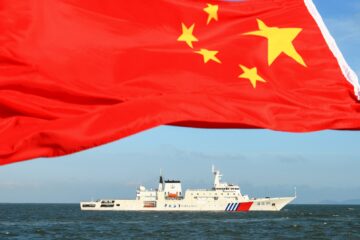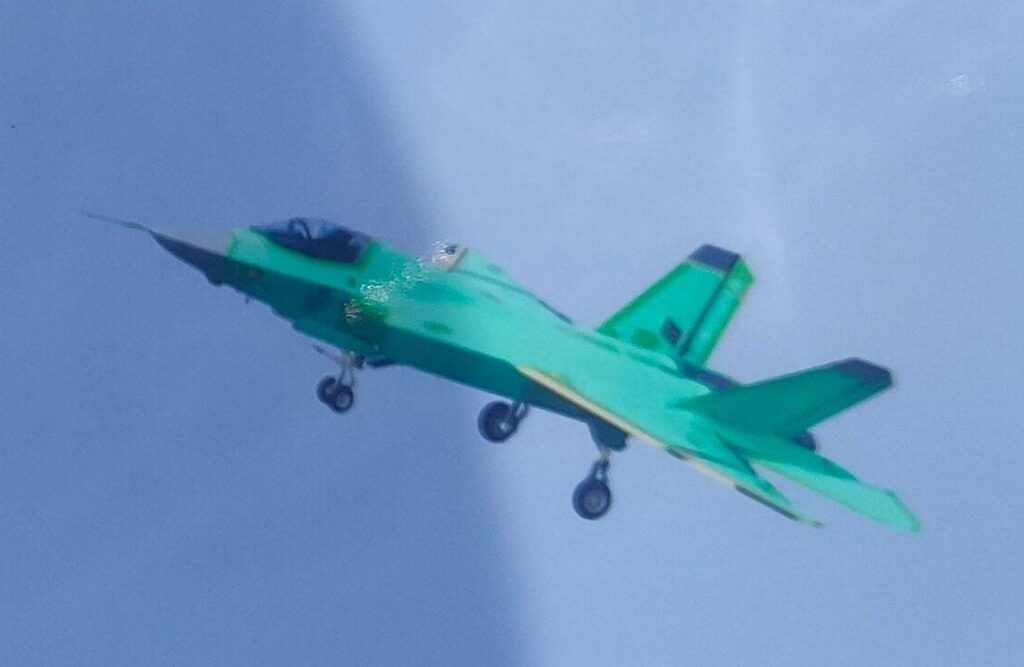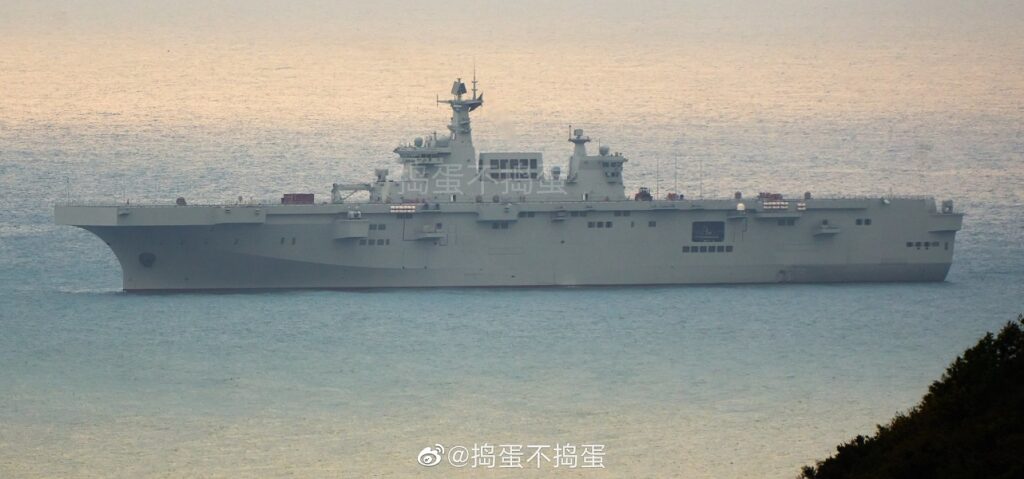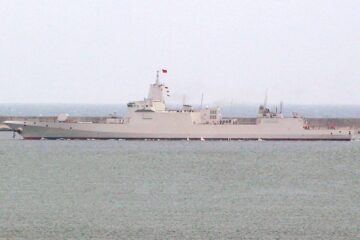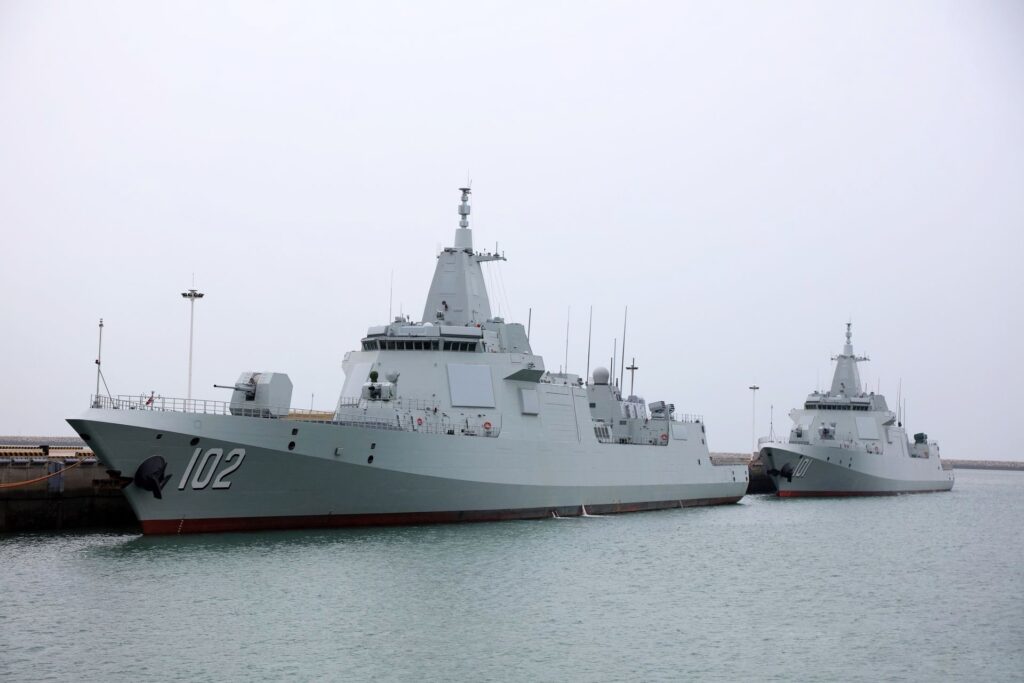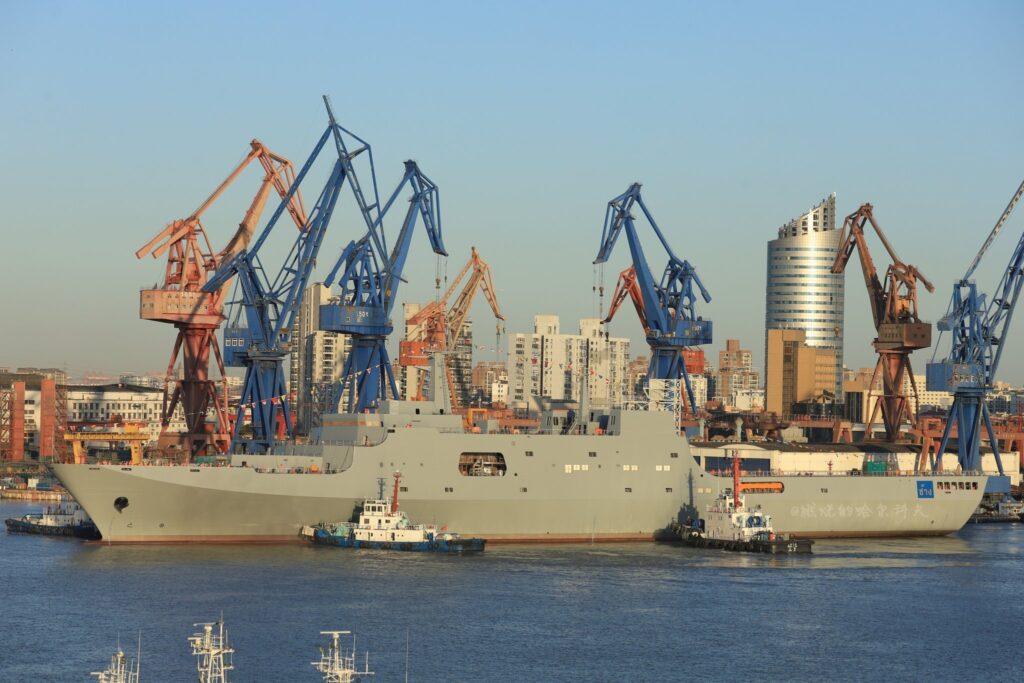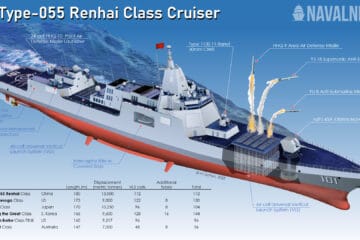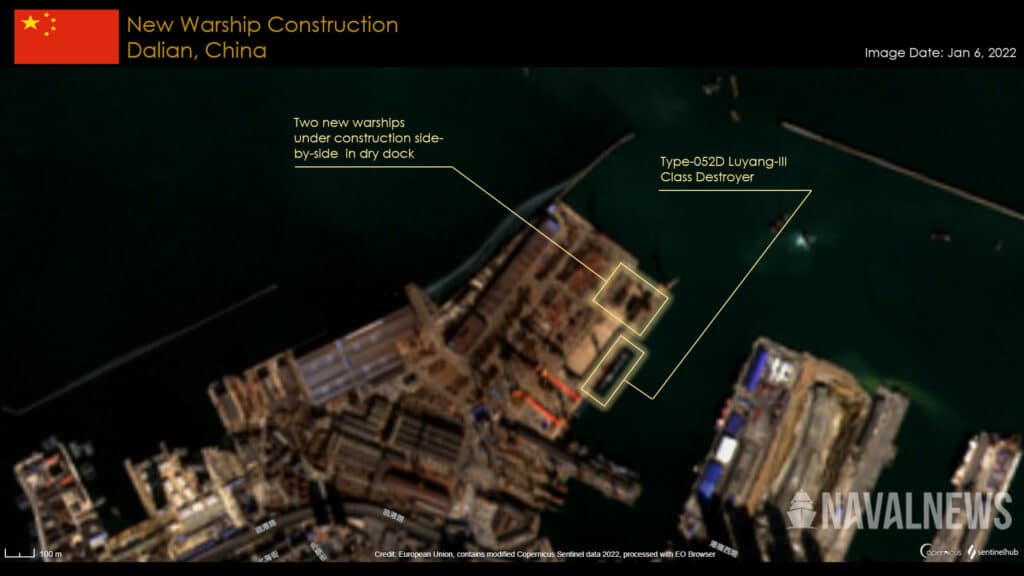KJ-600 airborne early warning & Control (AEW&C) The KJ-600 reportedly performed a test flight at Xi’an Aircraft Industrial Corporation airfield in Xi’an on October 29.
Also spotted in flight (when, we don’t know but the pictures were released today) is
the KJ-600. This is the Chinese analogue to the U.S. Navy’s E-2D Advanced Hawkeye, and it looks remarkably similar. The mock-up appeared on the deck of the concrete carrier in 2017. The prototype first flew in August or September 2020. While the real thing is not identical to the mock-up, it is very close.
Not much is known about its sensor suite but
Henri Kenhmann from the Eastpendulum blog, a very reliable source on the Chinese military, previously shared the following with us:
“As for the type of radar selected for the platform, rumors mention an active electronically scanned array (AESA) radar mounted on a rotating disk. This would favor the “width” of the radar (therefore the number of installed modules) the power and the range, to the detriment of the refresh rate had it been a three-sided fixed configuration (as is the case with the KJ-2000 and the KJ-500 land-based AWACS). A quick calculation shows that in “back-to-back” configuration, the “width” of each radar face is about 15% larger than in the configuration of three fixed faces, but all of this remains to be confirmed.”
